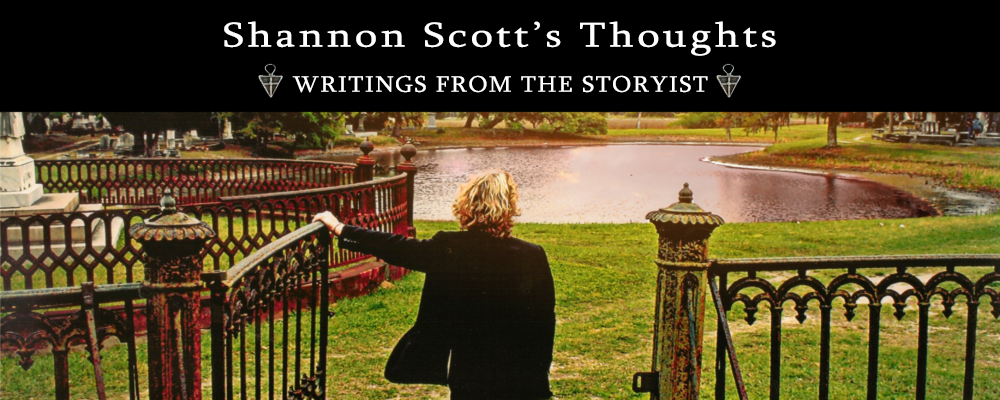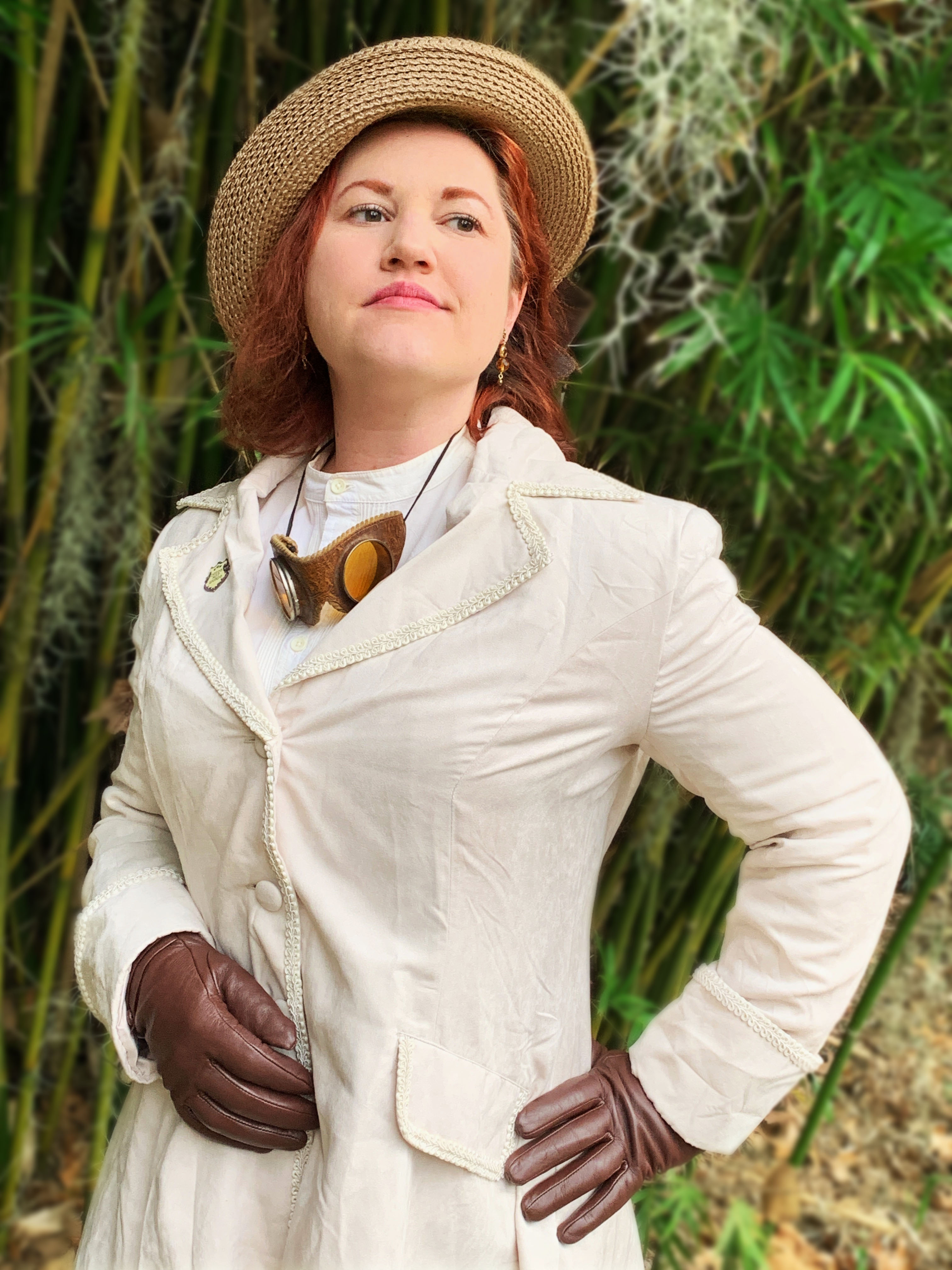After our tour, I spent another two hours wandering and taking photographs. Honestly, I could have spent all day at Bonaventure.
Alison Watta, Owner Exploration Solo
Tag Archives: writer
Martha Stewart Calls Shannon Scott “The South’s Greatest Storyteller”
As a former chef and current green thumb with his own penchant for decorating, I can now say that life is a little greener with Martha Stewart being such a good sport when signing her book, “MARTHA’S FLOWERS” to me as if “The South’s Greatest Storyteller” were my middle name! Its actually Spencer but for the sake of this moment, let us all pretend. Martha’s “people” were made curious by it for sure and to be completely honest — its true — Martha has yet to tweet her whimsical compliment or say it anywhere else publicly to my knowledge, but hey, I’ll take what I can get inside of a book flap from The MacGyver of Home Economics!

Martha thinking about her Bonaventure picnic…dreamy ain’t she?
Martha doesn’t know it yet, but one day we’re going to do a show where we cook and prepare a picnic, and then embracing the tradition of The Victorians and their Rural Cemetery Movement, we’re going to head out to The South’s Most Famous Cemetery, Bonaventure! We will dine on biscuits with Green Pepper Jelly and I will tantalize with both my gazpacho and my tales of those gone by and if we do it up right, we’ll start a whole revival craze of picnicking in cemeteries! Then we’ll text each other months later about the good times we shared! Oh wait — I’m sorry — was I getting carried away there for a second?
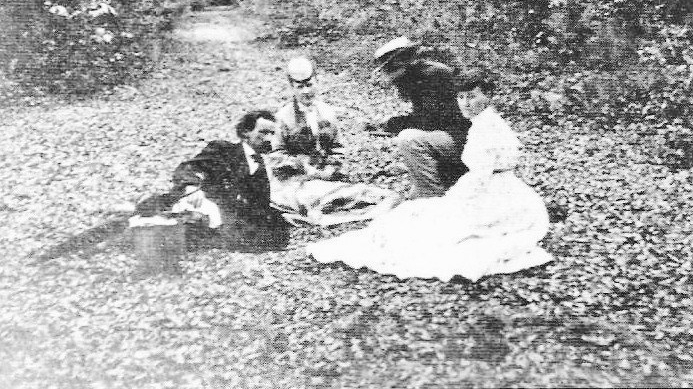
Photographer Jerome Wilson & Friends In Bonaventure 1860s
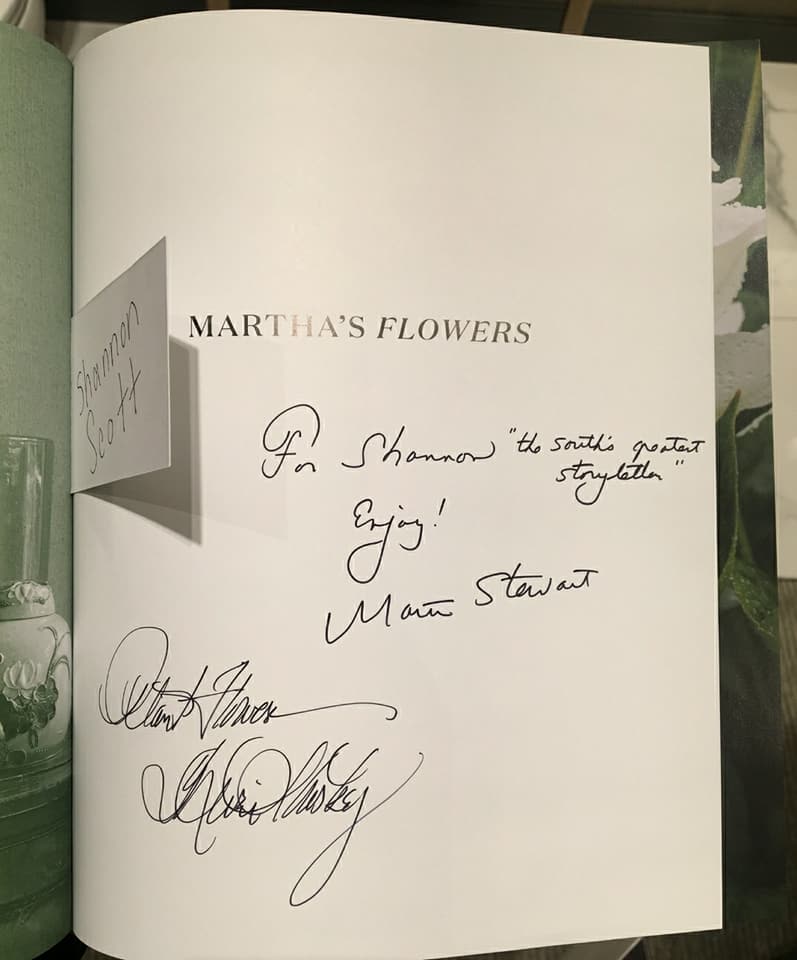
Oh Martha, you shouldn’t have! (Special Thanks To My Accomplice, A.N.)
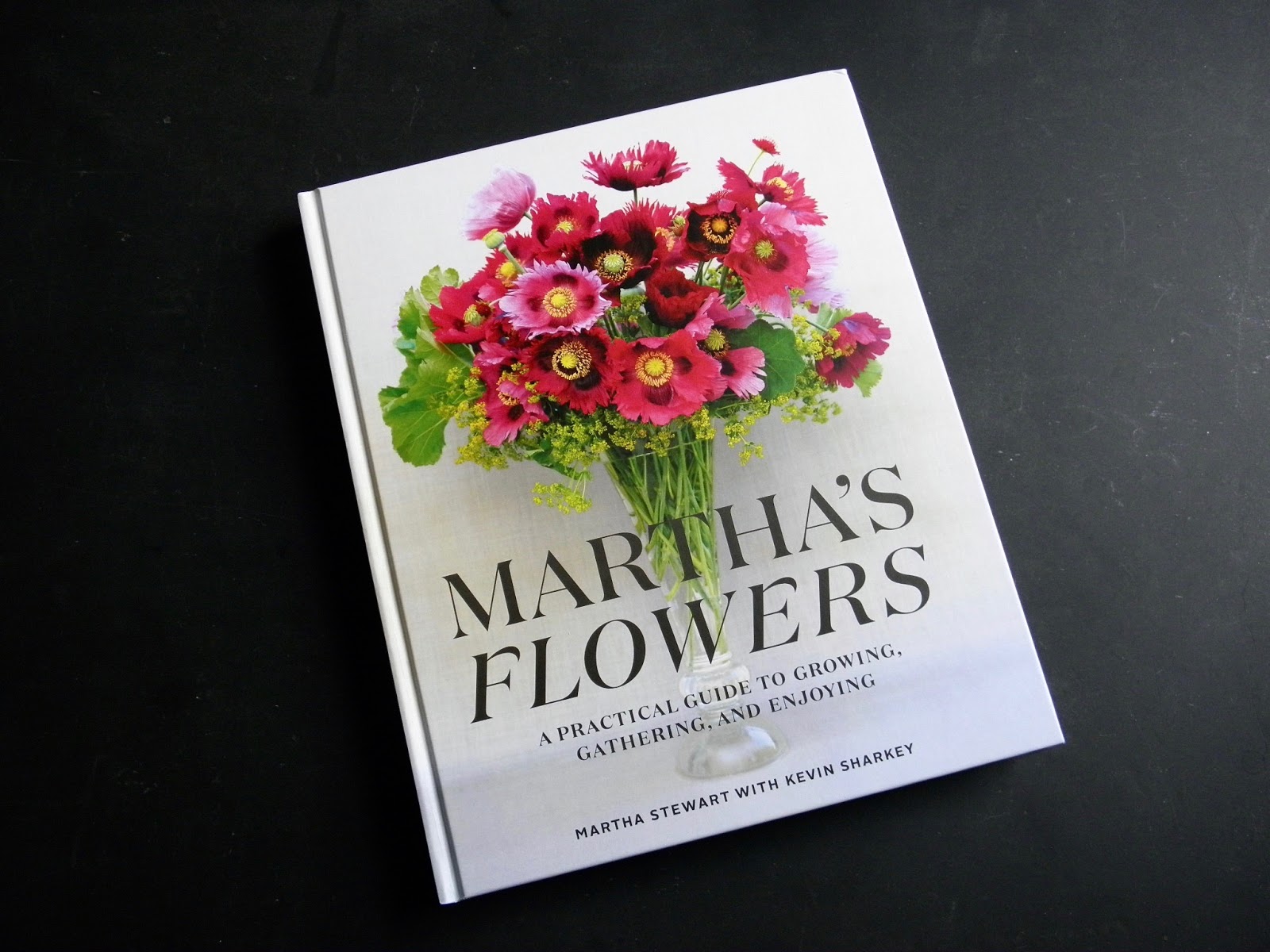
Go Buy This Book! Its a stunner!
